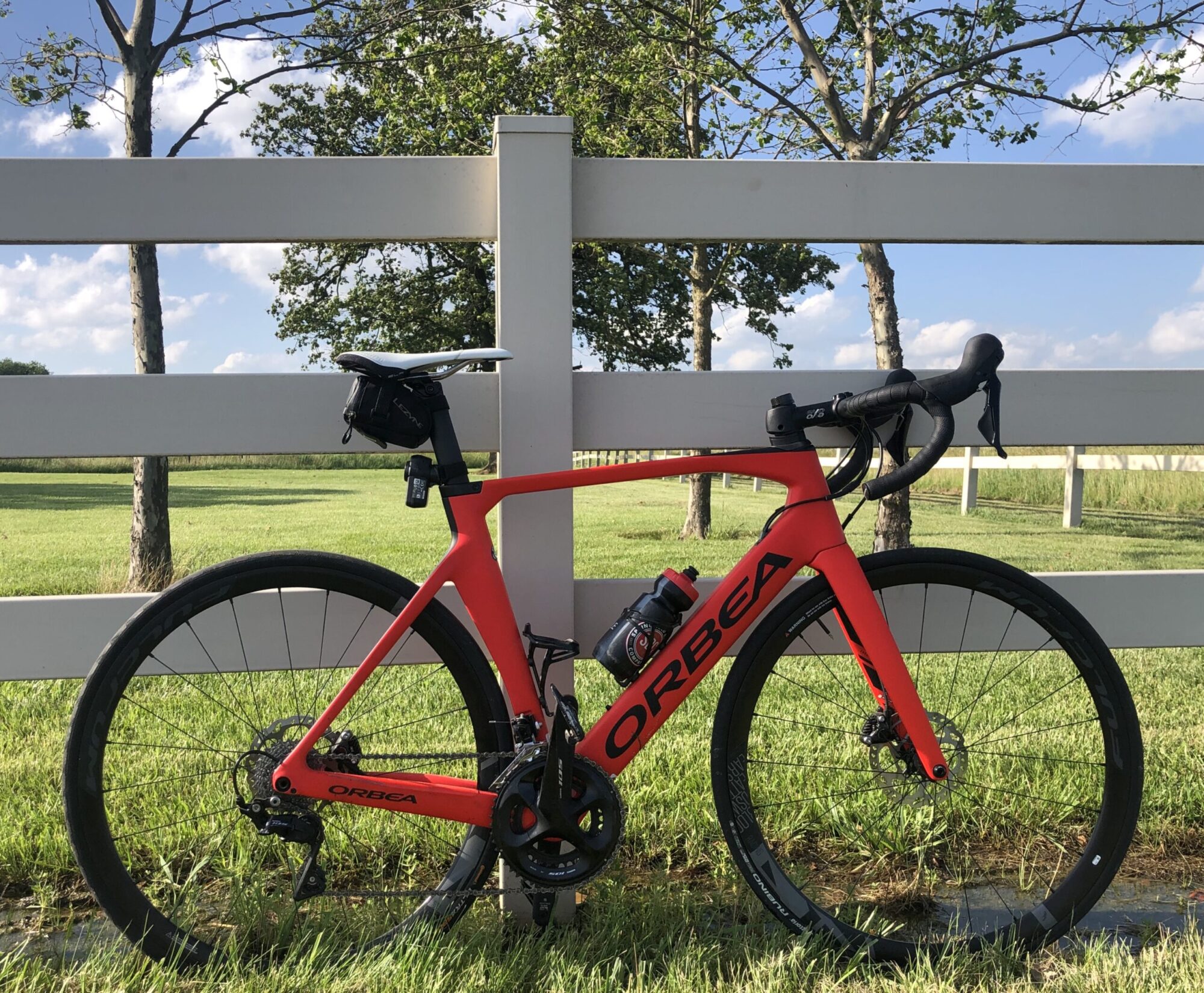A lot of triathletes started out as injured runners who started cross-training during their recovery. So, for a lot of people, running comes most naturally, but for those who don’t, where do we start? This article contains helpful tips for getting started for the run.
Training for the run is probably the easiest when it comes to preparation. You need shoes. You need something to cover up if you’re outside because sunburns aren’t fun. If you want to track your heart rate, pace, distance, and route you will probably need a smart watch. Check out DCRainmaker’s watch analysis. When I started out, I drove around my neighborhood tracking mileage for routes that I wanted to run. It’s not difficult to get out there and get going, but what do you do once you get out there?
I recommend 80/20 running. 80% of your running volume’s intensity will be in Zone 2 (more on that later) and 20% will be at a higher intensity. If you know your heart rate zones, you know what Zone 2 is. It’s that intensity just above a slow walk where you feel like you could keep walking for days and days; that effort level where you know you’re doing some work, your heart is pumping, but you can hold a conversation the entire time. It is also known as “Conversational Pace.”
Most of your running should be at a Conversational Pace meaning you should be able to control your breathing well enough to hold a conversation. It should not be too taxing, but it should be enough to get your heart working a little bit. This can be a run, slow jog, walk, or a walk/run. A walk/run workout consists of running for a set amount of time or distance and then switching to a walking interval to recover. The number of sets depends on time and purpose for the workout.
An example workout: warm up for 10 minutes by doing mobility exercise or dynamic warmups like high knees and butt kicks. Then walk for the rest of the warm up. For 10 sets, run for 1 minute and then walk for 2 minutes. Make sure you push yourself a bit on the run because you can recover during the 2 minute walk. Once you finish those ten sets, cool down for 10 minutes incorporating some stretching.
Do this workout a couple of times a week, then add a workout with the same sets, increasung the intensity of the running intervals and/or shorten the recovery intervals. When you increase the intensity, your heart pumps harder and all of the ligaments and tendons and muscles in your legs start feeling what it’s like to work a little harder. So, your body will send help and protection to all of those body parts that support your running. Following this process and increasing the intensity when your body adapts will get you in shape and ready to tackle your first race.
Interested in getting started on the run? Visit the coaching services link and choose one of the packages.
